
Imaging Systems
Tetracam multi-spectral imaging systems
are divided into two product families. Systems in our Agricultural
Digital Camera or ADC family each consist of a single camera. These are
equipped with fixed filters that look at the same green, red and
near-infrared wavelengths that Landsat satellite systems have viewed for
years. Systems in our Multiple Camera Array or MCA family contain four, six or twelve
registered and synchronized cameras. Each camera in the array is
able to simultaneously capture a band of radiation specified by the
user.
All cameras in both families are lightweight and compact. All permit manual,
auto-timed or remotely triggered exposures. All capture images and
store them on multi-gigabyte image memory cards. All are able to
continuously capture GPS coordinates for geo-tagging images. All are
equipped with video out and USB ports. Each system is shipped with
Tetracam's PixelWrench2 software for managing and editing images,
interpolating GPS coordinates, extracting vegetation indices (such as
NDVI), converting images into common file formats and performing other
image analytical functions.
Our newer systems, the Macaw, Auk and Hawk products, are able to perform the
Analytics on images as they are captured. These include all of the common vegetation
index calculation, assignment of palettes for false color rendering, and collection of
the results into a single multi-page TIF image file. The output can be used directly
with orthomosaic software packages such as AgiSoft.
Macaw Smart Band Ratio Camera
Usage: Ground or Aircraft
Cameras: 6 to 12
Bands: User-Selectable
Lens: 9.6 mm fixed
Sensor: Global Snap
Image Size*: 1280 x 1024
Standard Storage: 280 GB SSD
Power: Ext. (800 MA at 12 volts, 9 to 15 volt input)
Weight: 560 g
* per camera
| 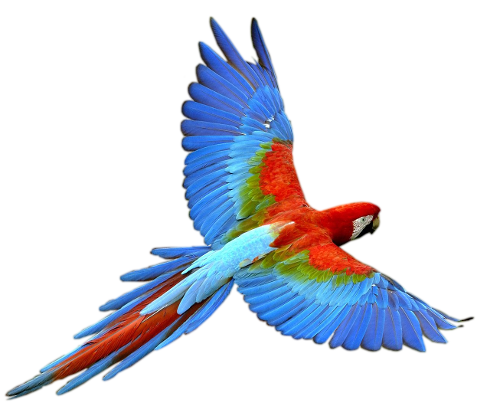 |
Auk Smart NDVI Camera
Usage: Ground or Aircraft
Cameras: One
Bands: R, G, NIR
Lens: 3.04 mm fixed
Sensor: Rolling Shutter
Image Size: 1640 x 1232
Standard Storage: 16 GB
Power: Ext. (12 volts, 9 to 30 volt input)
Weight: 80 g
| 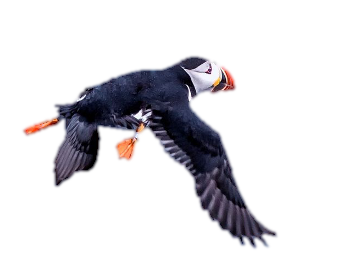 |
Hawk Smart NDVI Phenocamera
Usage: Handheld or fixed ground installation
Cameras: One
Bands: R, G, NIR
Lens: 3.04 mm fixed
Sensor: Rolling Shutter
Image Size: 1640 x 1232
Standard Storage: 16 GB
Power: Ext. (12 volts, 9 to 30 volt input)
Weight: 250 g or 290 g w. battery
| 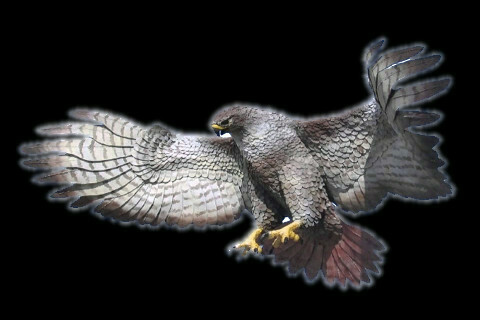 |
Micro-MCA (Multi-Camera Array)
Usage: Ground or Aircraft
Cameras: 4, 6, or 12
Bands: User-Selectable
Lens: 9.6 mm fixed
Sensor: Rolling Shutter or Global Snap
Image Size*: 1280 x 1024
Standard Storage*: 16 GB
Power: Ext (6.24 to 19.8 W)
Weight: 497 g to 1000 g
* per camera
|
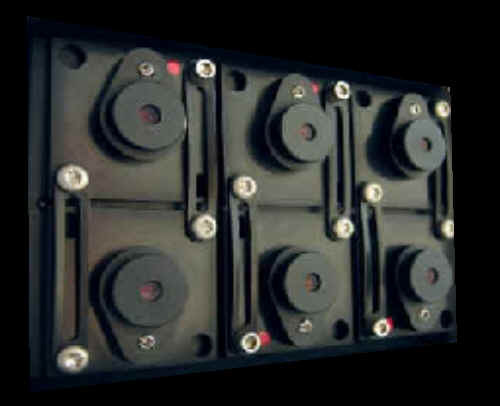 |
RGB+3
Usage: Ground or Aircraft
Cameras: 4
Bands: RGB fixed + 3 band pass
Lens: 9.6 mm fixed
Sensor: Global Snap
Image Size*: 1280 x 1024
Standard Storage*: 16 GB
Power: Ext (8 W)
Weight: 400 g
* per camera
| 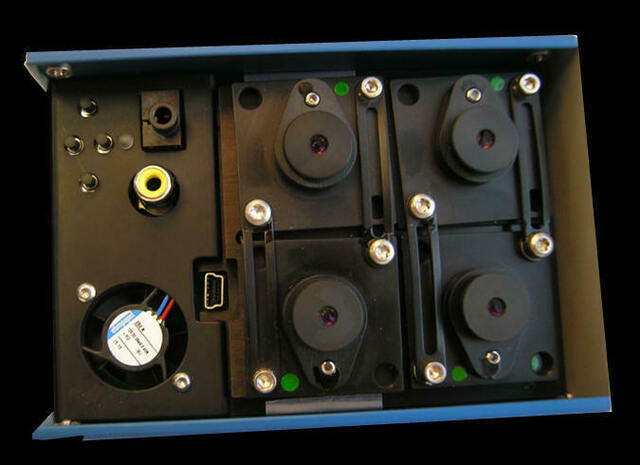 |
Micro-MCA + Thermal IR
Usage: Ground or Aircraft
Cameras: 6 + Thermal
Bands: User-Selectable + Thermal
Lens: 9.6 mm fixed + 13 mm fixed
Sensor: Global Snap
Image Size*: 1280 x 1024
Standard Storage*: 16 GB
Power: Ext (6.24 to 19.8 W)
Weight: 497 g to 1000 g + approx. 700 g
* per camera
|
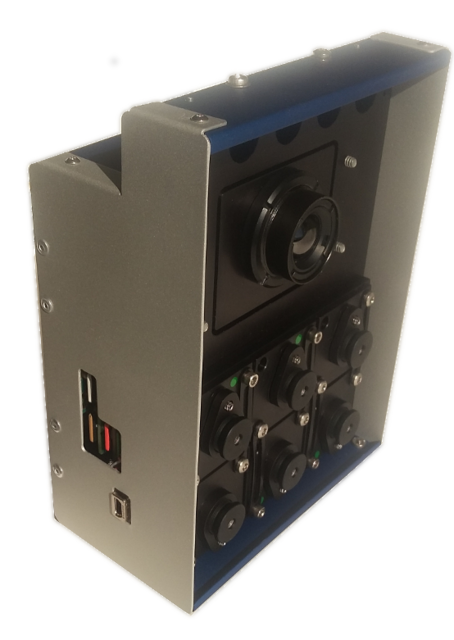 |
ADC Micro
Usage: Ground or Aircraft
Cameras: One
Bands: R, G, NIR
Lens: 8.43 mm fixed
Sensor: Rolling Shutter
Image Size: 2048 x 1536
Standard Storage: 16 GB
Power: Ext (2 W)
Weight: 90 g
| 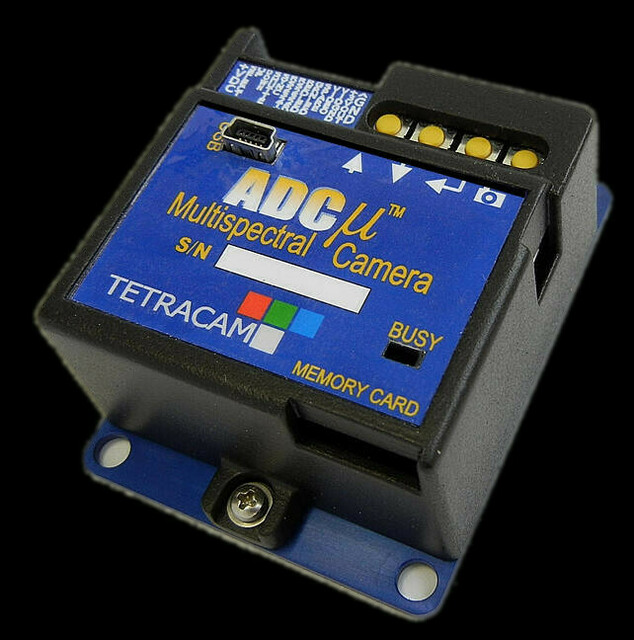 |
ADC Snap
Usage: Ground or Aircraft
Cameras: One
Bands: R, G, NIR
Lens: 8.43 mm fixed
Sensor: Global Snap
Image Size: 1280 x 1024
Standard Storage: 16 GB
Power: Ext (2 W)
Weight: 90 g
| 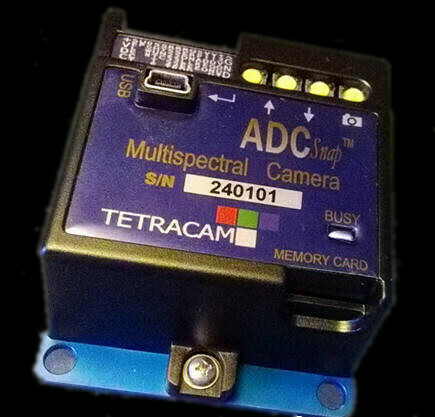 |
ADC Snap Single Band/UV
Usage: Ground or Aircraft
Cameras: One
Bands: User Selectable, Including UV
Lens: 8.43 mm fixed, 8 mm fused Silica UV
Sensor: Global Snap
Image Size: 1280 x 1024
Standard Storage: 16 GB
Power: Ext (2 W)
Weight: 90 g
| 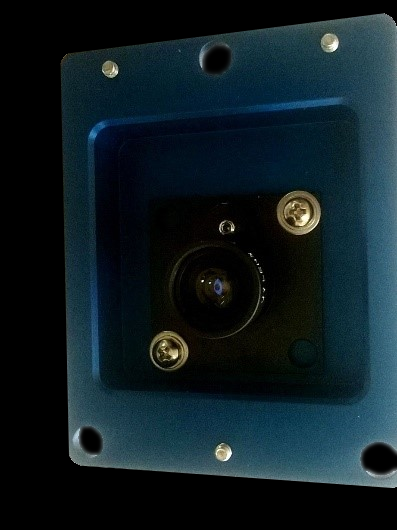 |
Legacy Products

|
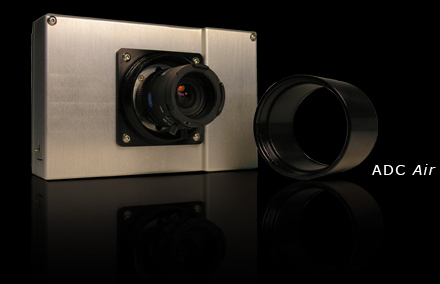
|

Smart NDVI cameras are multispectral cameras for precision agriculture that can calculate vegetation indices and create false
color NDVI images without the use of an image processing program accessory.
Precision Farming and Forestry need multispectral camera and NDVI camera images to create orthomosaic maps
that allow interventions to be optimized. NDVI phenocameras that can perform time lapse photography are best for slow growing flora, while faster
growing commercial harvests are best served by airborne NDVI mapping cameras.












